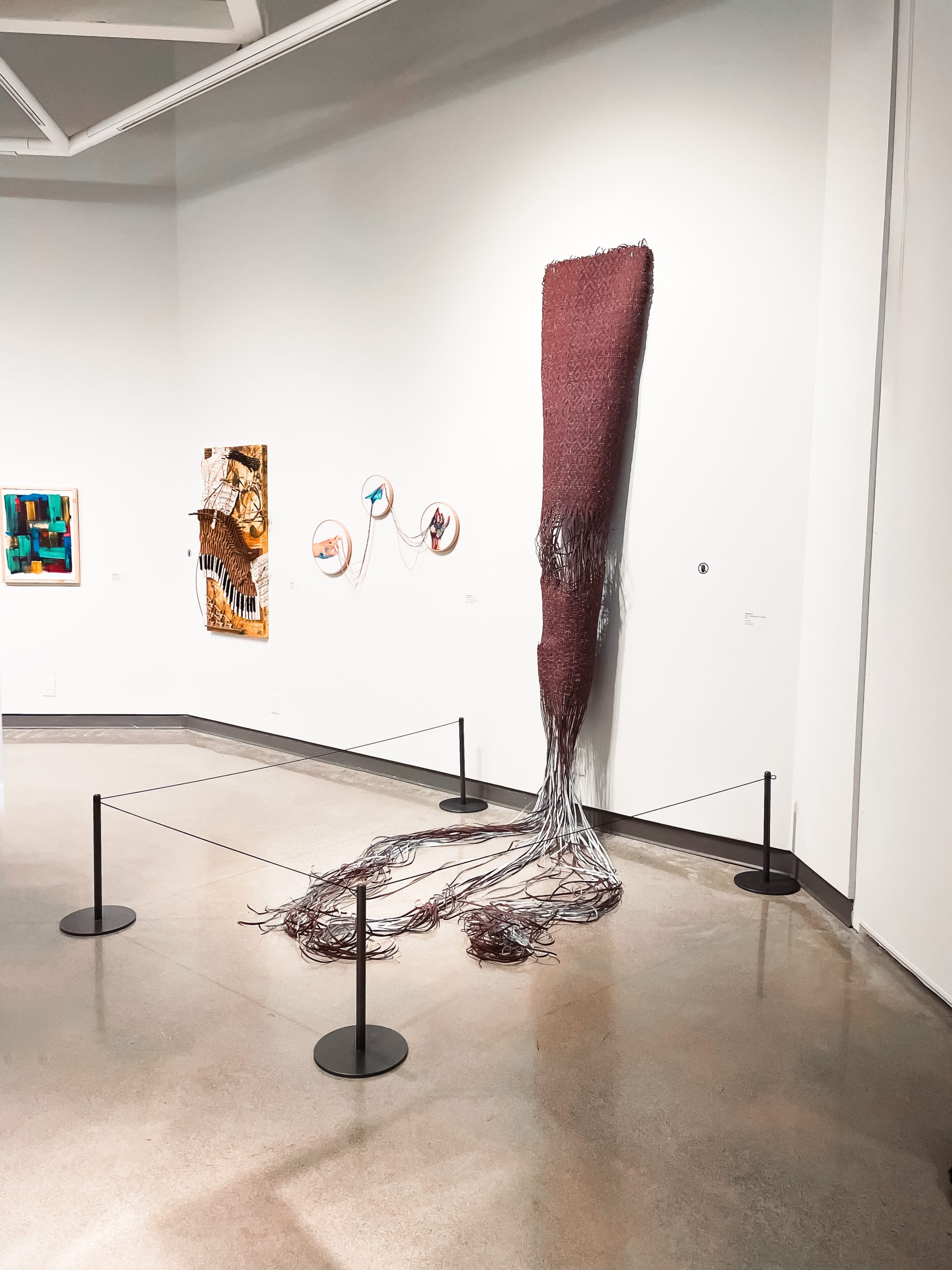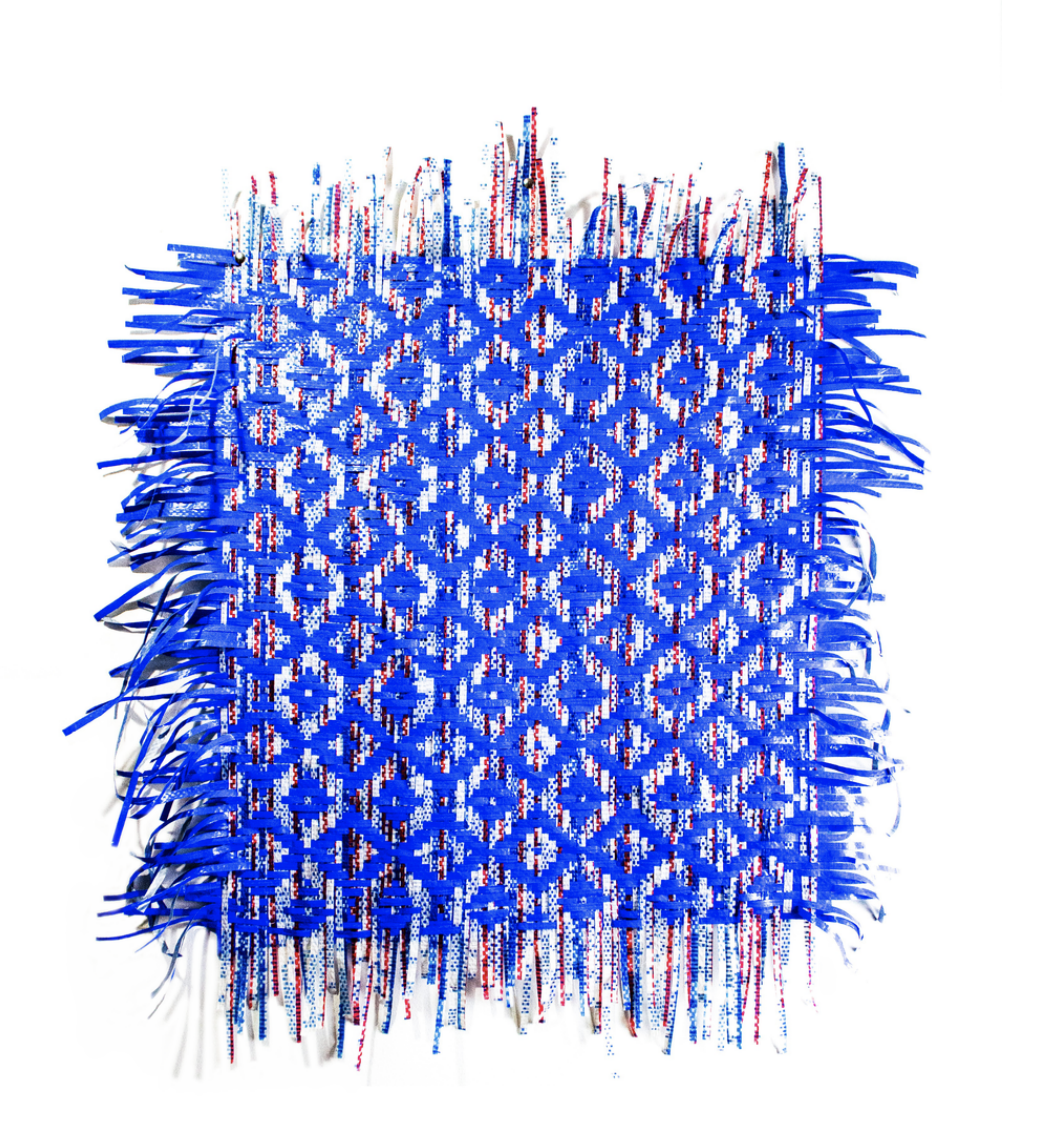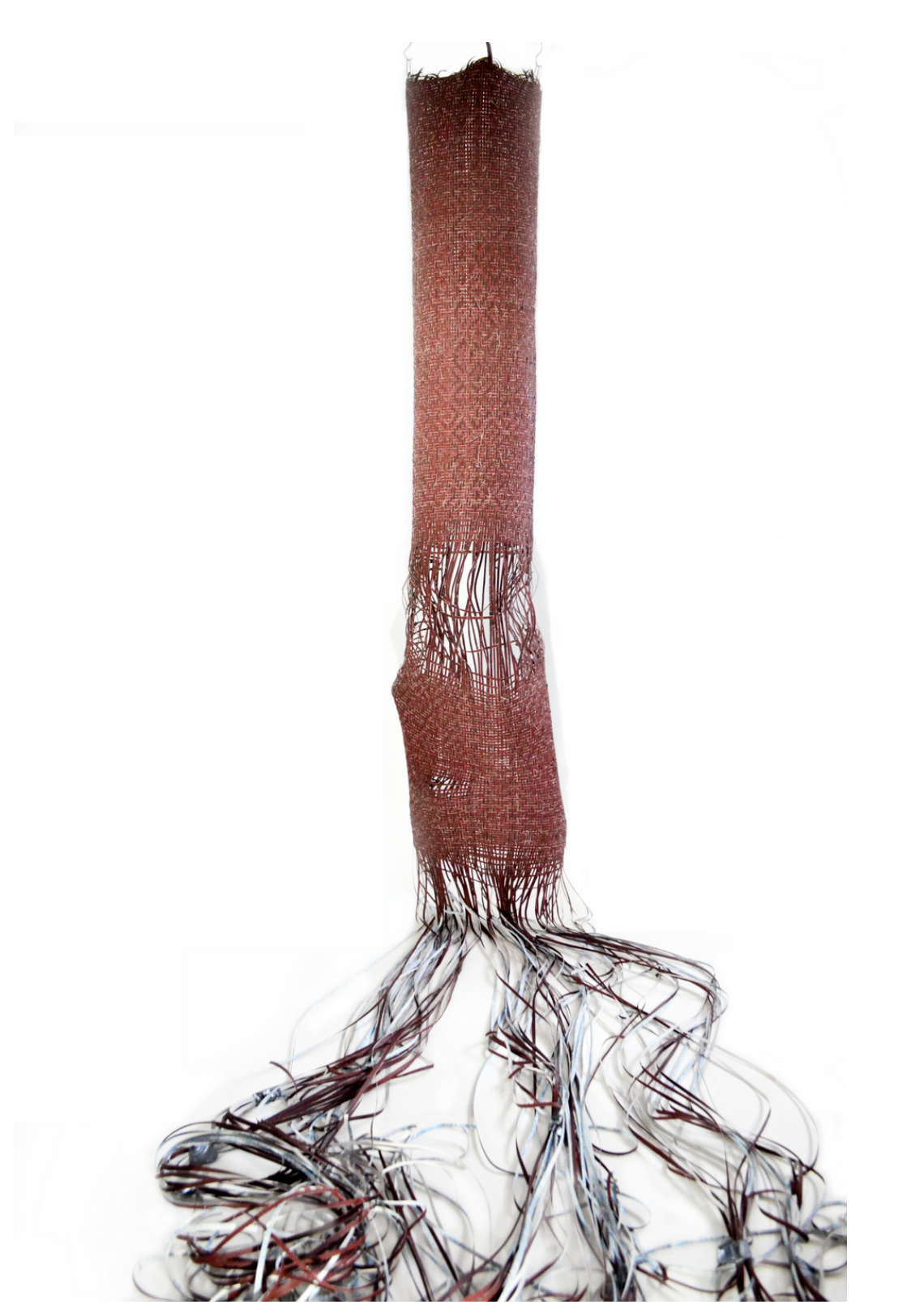 Nicole Lau is a Chinese Canadian with Hakka ethnic roots. Lau is an interdisciplinary artist currently living and working in Vancouver. Lau held her solo exhibition “Home Kong” in Vancouver, BC and has participated in group exhibitions at The People’s Forum in New York City, The National Housing Conference, Richmond Art Gallery and Seymour Art Gallery in BC. She is also the creator and host of the podcast Creative Diagnosis. Recently, writer Wayne Ng interviewed Nicole Lau and here is their conversation.
Nicole Lau is a Chinese Canadian with Hakka ethnic roots. Lau is an interdisciplinary artist currently living and working in Vancouver. Lau held her solo exhibition “Home Kong” in Vancouver, BC and has participated in group exhibitions at The People’s Forum in New York City, The National Housing Conference, Richmond Art Gallery and Seymour Art Gallery in BC. She is also the creator and host of the podcast Creative Diagnosis. Recently, writer Wayne Ng interviewed Nicole Lau and here is their conversation.
Wayne Ng: You wear your Hakka roots proudly. Was that always the case? Do you somehow differentiate it from being Chinese?
Nicole Lau: It only registered to me this past year that my maternal grandmother’s pre-immigration stories held the key to understanding my family's history when I started researching our Hakka heritage. I identify as Chinese. I speak Cantonese, but both of my parents are “圍 村”, “wai cyun”, meaning from walled Hakka villages. Their unique language, customs,
and traditions would differentiate them from Chinese people who are not Hakka, and who are not “wai cyun”. For me, my Hakka roots have enriched and shaped a diverse and dynamic cultural identity. I would begin to clarify that I wear my Hakka roots proudly from the Hakka women who came before me.



WN: Does that add an urgency to your work? Can you elaborate?
NL: Definitely. I have conflicting emotions about Hakka culture adhering to traditional male-dominated Confucian values. Especially within the context of Hakka people (both men and women) and Hakka heritage and cultural preservation efforts advocating for a discourse centred on equality. I am still grappling with these contradictions. I feel that discussing them out loud and sharing resources with other Hakka artists and writers, has been for me at least, a constructive way to navigate this paradox with a sense of refuge. Therefore, shining light on the stories of invisible Hakka women is more urgent than ever. I’m fortunate to have a Hakka father figure who, with a strong moral compass, acknowledges the patriarchal domination in existing villages and how the traditional estate division does not fairly represent women’s contributions and rights within Hakka families. Violent disputes over family property, land division, and power abuse can endure for generations. This is currently happening within my family, extended family, and beyond. More Hakka men need to stand up for Hakka women. What I see lacking in contemporary times regarding this issue, and what is equally as vital, is that Hakka women need to stand up for other Hakka women.
WN: How does being Hakka inform your art and worldview?
NL: My journey of self-love began after I embarked to learn about the Hakka women who preceded me, sharing the same flesh, yet carrying the weight of resilience in silence. This cross-over between their strength and my self-discovery has been a source of profound inspiration for my art, and my worldview. My most enduring quality is compassion for others, but now that I think about it, I exercise fake and incomplete compassion. I suspect these traits of “fake and incomplete compassion” are epigenetic, inherited from the remarkable Hakka women who have persevered, suffered, and sacrificed, yet unwaveringly devoted themselves to their families, communities, and villages. I believe this legacy of resilience and empathy has been silently passed down through generations, inescapably shaping who I am today. Witnessing the deep-rooted selfless devotion in the Hakka women in my life, I feel compelled to distance myself from this mindset and focus on reprogramming the psychological inflexibility and difficulty of having more compassion for myself. That is what true compassion is, isn’t it? Or else I would be an endless flowing reservoir of unconditional love but completely void and cold from the inside. I have always created art to challenge the notion that there is no goodness in evil, just as I reject the belief that there is no evil in goodness. My art serves as a means to explore and express this complexity. For generations, Hakka women have displayed remarkable altruistic disregard for their own well-being. I currently see it play out in my family system affecting the Hakka women before me. I don’t want to be invisible anymore.

Bless Her High Pitched Chastity
Woven installation made from red and white nylon canvas and blue tarp
68.6 cm x 76.2 cm
2023
Vancouver, BC
Nicole Lau
WN: What’s with your gravitational pull on both natural and industrial materials?
NL: My installation work celebrates the matriarchy, inspired by the intricate weaving characteristics of the ‘liang mao’ “凉帽” and ‘faa dai’, “花帶”; worn by Hakka women who worked alongside men in construction, roadwork, excavation, mining, and farming. I chose to use materials from construction, farming, and industrial sites to communicate the history of Hakka women.
WN: You had other career directions before you became an interdisciplinary artist. How and why did you make the shift to full-time artist?
NL: I dropped out of college in 2012 to pursue a photography career. That act of rebellion didn’t last because I was driven by a sense of aimlessness, often prioritizing others’ expectations over my own desires. A decade later, I found myself at a crossroads after having tried to take my own life twice. If I so badly wanted to die, I thought, why not start a new life? After working with an occupational therapist consistently for over a year, I committed to realizing my lifelong dream. I learned in therapy that the most difficult decisions have the longest-term benefits, and so far my therapists have been right. This career path as an artist has taught me to (try) to worry less and embrace fear.
WN: Thanks for sharing that. It’s still hard to talk about mental health in the Asian community, isn’t it?
NL: It is. Asian communities hold on to others’ shame, in addition to their own guilt. I strongly believe that other people’s shame is not your shame. Above all, living in shame and guilt will slowly kill you. Knowing this was what gave me life and breath again. Watching how my family and relatives have been programmed to “忍” meaning, to bear, endure, or tolerate, forces me to evolve. Truth is the antidote to suffering.

She Is Continuing Our Lineage
Woven installation made of sandpaper
14 x 2.5 ft
2023
Vancouver, BC
Nicole Lau
WN: Who are your major artistic influences?
NL: At this moment, I am deeply inspired by Analia Saban. Her philosophy, attitude and enthusiasm for experimentation, is what I aspire to become and exude.
WN: At this stage in your career, how do you define success?
NL: I define success at a more micro-level, and within shorter timeframes. I always and only come back to one thought when I define success, and that is, if I were to die today, can I honestly admit that I did one thing today that allowed me to confront the unknown through tension or practice honest speech? To me, this is the essence of success. I don’t find discussions about death to be anxiety-provoking; instead, I discover a sense of tranquillity in the topic. It drives my decision-making, motivating me to live the most authentic life possible.
WN: Where would you like to see yourself artistically and personally in twenty years?
I would feel depressed knowing that I have settled with a particular medium in twenty years. I already feel that way currently in my practice, but try to move forward knowing
that I began my art career two years ago, so I have a ways to go. Artistically, I would like to see myself dabbling in writing, directing, film, welding, 3-D modelling, stand-up comedy, or the performing arts. I’ll figure it out when I get there. I love learning too much. As far as personally, I would hope in twenty years’ time that I am more freely able to express myself, am weirder than I currently allow myself to be, ultimately stop caring about pleasing others, and have mastered saying ‘no’ firmly. Oh, and become a competent open-water swimmer.
WN: I think you’d be a great writer. There is so much vitality and passion in your work already.
NL: Thanks! I understand that part of learning to write is to expose myself to the many great works out there. I’m fortunate to have expanded my book collection since I joined the Joy Kogawa House this summer while having met so many interesting writers, such as yourself!
WN: Why have you chosen to share this/these piece(s)? What’s behind them?
NL: These pieces are from my most recent ‘Reverberations’ series, and this is the result of experimenting with Hakka weaving techniques without a shaping form. I weave about the intergenerational tale and power of the Hakka women who survived and empowered themselves despite being in a powerless society.
WN: Where can people discover your work?
NL: You can find me on Instagram @nicolelauartist or www.nicole-lau.com. Check out Season one of Creative Diagnosis Podcast on Spotify.
My piece “She Is Continuing Our Lineage” is on view at a group show exhibited at the Richmond Art Gallery (November 24th – December 31st, 2023). I have a solo exhibition coming up in July 2024 (follow my socials for the most recent updates), and a two–person show at Portal Pop-Up Gallery in July 2024.
Novellist Wayne Ng is the author of The Family Code and Letters From Johnny. He recently completed a writing residency at the Historic Joy Kogawa House.